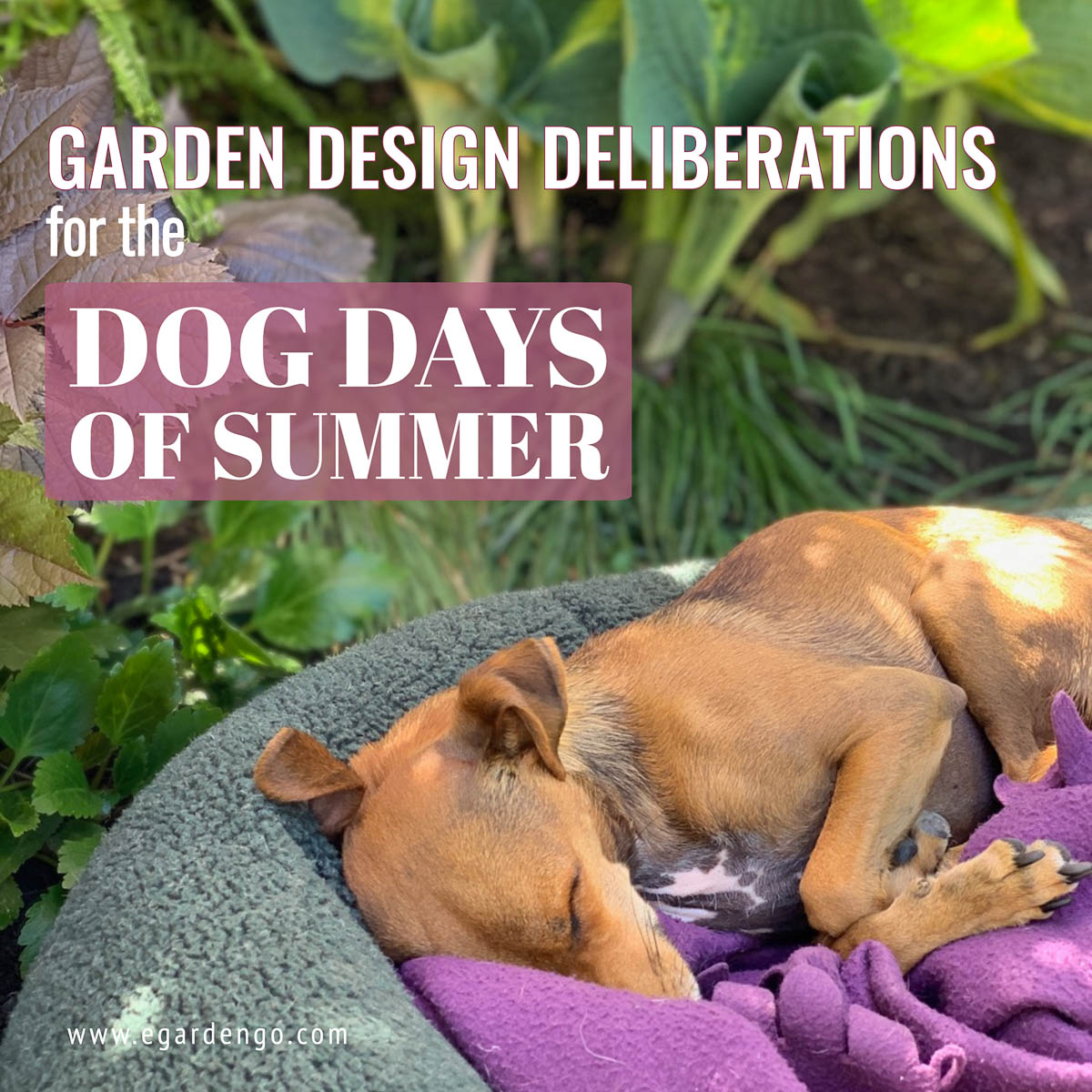This time of year I’m inclined to be less about “doing” in the garden and more about “being” in the garden.
Even as I am “being” in the garden, though, I’m also “watching.” I cogitate on what’s working and what’s not. And I select and strategize my next projects whilst reclining in the shade with a delightfully cool beverage. There will be plenty of time for doing when the weather cools and my gumption returns.
Over the years, I’ve grown increasingly willing to make edits—frequently small and occasionally big—to my garden. This year in particular, I am eyeing plants that have been poor performers in the high heat. Even though I expect (hope?!) that the highest highs we experienced were a bit anomalous, they are almost certainly a signal of more to come.
advertisement
Right Plant, Wrong Place
Until now, I've been okay with the handful of plants that are getting too much sun and/or are not able to hold up to the inevitable, even if relatively infrequent, shaft of strong afternoon sun. I’ve tolerated the resulting damage or allowed myself to be roped into providing extra care to protect them. No longer: I'm done coddling them.
For example, I have a dwarf variety of a big-leaf hydrangea that I value very much for its compact size and generous display of blooms. However, it’s getting hit by the hot afternoon blast and its appearance has been marred the last several years during bouts of high heat. I’ll be trying to find a spot to move it where it will get more reliable afternoon shade. In its place, I'll have the opportunity to try a new plant and hopefully hit the mark in terms of finding a shade-tolerant plant that will tolerate a bit of hot sun in the afternoon. Tricky, but definitely possible.

Hydrangea macrophylla 'Pia', like all big-leaf hydrangeas, isn't fond of hot afternoon sun. Other species of hydrangea (like H. paniculata and H. quercifolia) typically fare much, much better. I've resorted to putting a large golf umbrella over it during exceptionally hot spells. What a bother. I'm taking note and plan on moving it later this fall. In its place, I'll have an opportunity to try something new and better suited to this spot.
Too Big for Its Britches
I’ve got two Phormium ‘Tricolor’ in the front yard garden that have been my pride and joy at different times. The pair of them have been dramatic focal points for a long while. And now I’m ready for a change. Over the years they have grown to be massive. Too big. They’re each easily occupying an area that is 6’ in diameter. That’s over 28 square feet of full-sun garden, each! So they’re going to go.
That decision was helped along quite a bit by the fact that they’ve had a rough year. They were cosmetically damaged by back-to-back weather events: ice storm this last winter, followed by searing heat this summer. So they weren’t looking that great and I don’t feel like being patient. Nor do I feel the need to give that much real estate to a plant that’s not thrilling me. I say more about that stance here.

Phormium 'Tricolor' strutting its stuff in my front yard garden. At its peak, it was definitely a keeper and a contributor that looked good year-round. Since then, it's suffered some significant cosmetic damage and it's gotten even more massive. This is a prime spot—very visible and some of the best growing conditions that I have in my small garden for sun-loving plants.
Getting Wiser About Water
In my gardening endeavors, I strive to do no harm. And better yet, I hope to do good. As I’m reworking sections of my garden, my focus is increasingly on using plants that are climate-adapted to my Portland garden, particularly when it comes to water requirements. On par with that, I’m equally committed to providing habitat for birds, bees, and pollinators of all sorts.

One of the two Phormium 'Tricolor' that I'm removing. Both of them are currently occupying prime real estate in full sun. Once removed, I'll have some pretty large sections that I'll be able to replant with drought-tolerant, heat-loving, pollinator-attracting plants.
Keep Learning and Growing
I very much enjoy exploring and experimenting with new plants. Since my garden is small, this also means that I’ve developed a tolerance for removing perfectly good plants that I’m “done with” in order to make room for different ones. This hasn’t always been easy for me. However, the longer I’ve gardened, the more confident I am that there’s always another plant and/or another option to explore for my garden dilemmas.
advertisement




